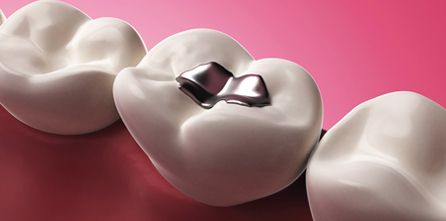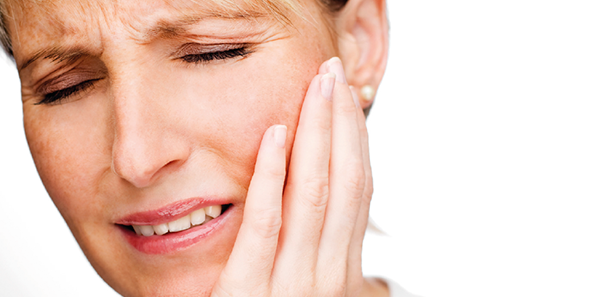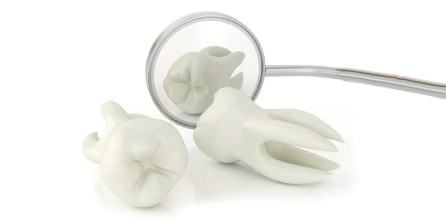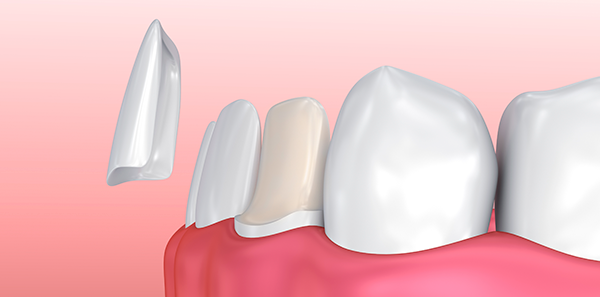
What is obturation?
In dentistry the term obturation is used to describe what is commonly known as a filling.
Its purpose is to stop the advance of tooth decay and prevent the tooth from being destroyed, restoring its natural anatomy, function and appearance using alloplastic (artificial) materials.
Types of restoration
Depending on the treatment process and other considerations, restorations can be divided into:
- Obturation
- Inlays and onlays
- Veneers
- Crowns
Materials used for obturation
Silver amalgam: a good material for obturation, restoring the shape and function of the tooth. It is very hard-wearing and lasts a long time, but it is a metallic silver colour and so not very attractive in terms of appearance. It does not entail any risk except in the case of some sort of allergy. Nowadays, there is no scientific evidence of its presume toxicity.
Composite resins: able to restore the natural appearance of the tooth. They have to be suck to the tooth so they require an accurate clinical technique. They also involve a lenghtier fitting and completing process. For aesthetic reasons they are essential for front teeth and are also preferable in more visible areas of the back teeth. This material can last longer than amalgam.
How long does an obturation last?
Restorative dentristy work does deteriorate over time due to the continuous forces it is subjected to, so it is advisable to have regular check-ups to spot any damage early on, (such as small fractures, veneers becoming unstruck, fissures, etc.). These regular check-ups should be done at least once a year.
Obturation work using composite normally lasts 5 to 7 years, depending on how much is done and the location. Silver amalgam can last longer, anything up to 15 years or more.
Discomfort or pain following an obturation
Sometimes patients may feel discomfort when chewing, usually caused by small previous contacts or excessive contact with the affected tooth during restoration work that might have gone unnoticed following treatment because of the effcts of the anaesthetic. This discomfort normally disappears or is corrected when minor adjustments are made or the clinical work is retouched.
Sometimes, such in-depth preparation of the affected tooth must be carried out that the dental pulp is damaged, resulting in excessive sensitivity to cold, even cousing pain in the tooth. These symptons may or may not have been present before treatment, and may not be reversible.
However, sometimes, especially in teeth that have already been restored or with deep-seated decay, damage to the pulp can result in pulpìtis, which is an inflammation of the pulp or nerve running through the tooth. During its advanced or terminal phase this condition makes eating hot food a painful experience. In this case, a dental extraction will be necessary.
Should I replace my silver obturation with a tooth coloured one?
Replacing one material with another is not justified unless the obturation has been damaged by wear and tear, if there is an aesthic issue or an allergy problem.
And, as always, if any queries arise, consulting yours tristed dentist is the best course of action.
Dra. María Rufina García – Dentist
The information published in this media neither substitutes nor complements in any way the direct supervision of a doctor, his diagnosis or the treatment that he may prescribe. It should also not be used for self-diagnosis.
The exclusive responsibility for the use of this service lies with the reader.
ASSSA advises you to always consult your doctor about any issue concerning your health.












